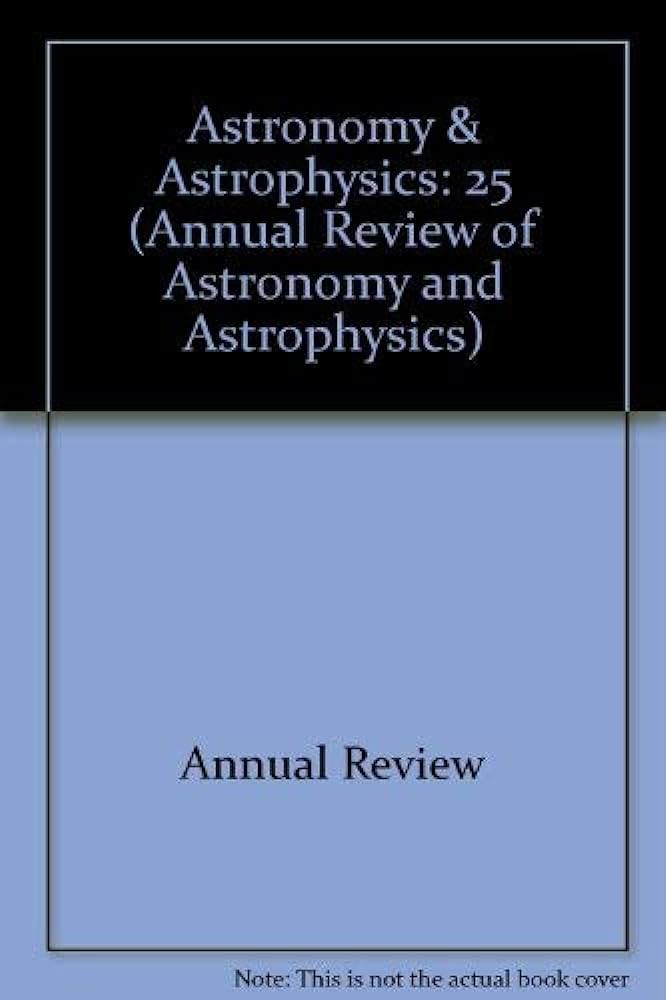高光谱分辨率的系外行星大气
IF 32.5
1区 物理与天体物理
Q1 ASTRONOMY & ASTROPHYSICS
Annual Review of Astronomy and Astrophysics
Pub Date : 2025-05-14
DOI:10.1146/annurev-astro-052622-031342
引用次数: 0
摘要
高分辨率光谱(HRS)已经发展成为表征系外行星大气的主要技术之一。高光谱分辨能力允许有效地去除大地和主星污染。结合地面望远镜的大型收集区域,它可以详细研究大气种类、温度结构、大气损失以及全球风和环流模式。在这篇综述中,描述了广泛的HRS观测和数据分析技术,并讨论了文献结果。主要发现包括:▪辐射最高的行星显示出丰富的原子和离子光谱,就像恒星一样。▪对热木星和直接成像的超级木星的检索分析指出了太阳的金属丰度和化学性质,但观察到的样本仍然是异质的和不完整的。▪根据它们的平衡温度,在有和没有大气逆温的热木星之间似乎有一个明确的二分法。▪一些高度辐射的行星显示出巨大的氦气的前导和/或尾尾,为行星演化和大气逃逸过程提供了独特的见解。目前,在气态巨行星和褐矮星中发现了少量的碳和氧同位素,这些同位素具有揭示形成途径的有趣潜力。为那些新进入该领域的人提供了一个潜在的陷阱列表,并讨论了与詹姆斯韦伯太空望远镜的协同作用。随着超大望远镜的出现,HRS有着广阔的未来,随着HRS探测速度的提高,HRS有望将温带岩石系外行星带入视野,其探测速度将提高到三个数量级。本文章由计算机程序翻译,如有差异,请以英文原文为准。
Exoplanet Atmospheres at High Spectral Resolution
High-resolution spectroscopy (HRS) has grown into one of the main techniques for characterizing the atmospheres of extrasolar planets. High spectral resolving power allows for the efficient removal of telluric and host-star contamination. Combined with the large collecting area of ground-based telescopes, it enables detailed studies of atmospheric species, temperature structure, atmospheric loss, and global winds and circulation patterns. In this review, the wide range of HRS observation and data analysis techniques are described and literature results discussed. Key findings include the following: ▪ The highest irradiated planets show a rich spectrum of atomic and ionic species, just like stars. ▪ Retrieval analyses of hot Jupiters and directly imaged super-Jupiters point to solar metallicities and chemistry, but observed samples are still heterogeneous and incomplete. ▪ There appears to be a clear dichotomy between hot Jupiters with and without atmospheric inversions, depending on their equilibrium temperature. ▪ Some highly irradiated planets exhibit enormous leading and/or trailing tails of helium gas, providing unique insights into planet evolution and atmospheric escape processes. ▪ Minor isotopes of carbon and oxygen are now being detected in gas giant planets and brown dwarfs with the interesting potential to shed light on formation pathways. A list of potential pitfalls is provided for those new to the field, and synergies with the James Webb Space Telescope are discussed. HRS has a great future ahead with the advent of the extremely large telescopes, promising to bring temperate rocky exoplanets into view with their increase in HRS detection speed of up to three orders of magnitude.
求助全文
通过发布文献求助,成功后即可免费获取论文全文。
去求助
来源期刊

Annual Review of Astronomy and Astrophysics
地学天文-天文与天体物理
CiteScore
54.80
自引率
0.60%
发文量
14
期刊介绍:
The Annual Review of Astronomy and Astrophysics is covers significant developments in the field of astronomy and astrophysics including:The Sun,Solar system and extrasolar planets,Stars,Interstellar medium,Galaxy and galaxies,Active galactic nuclei,Cosmology,Instrumentation and techniques,
History of the development of new areas of research.
 求助内容:
求助内容: 应助结果提醒方式:
应助结果提醒方式:


